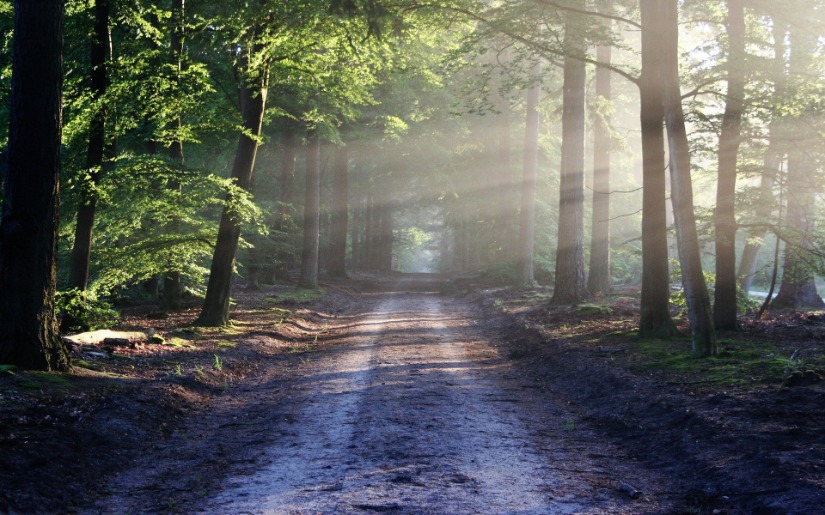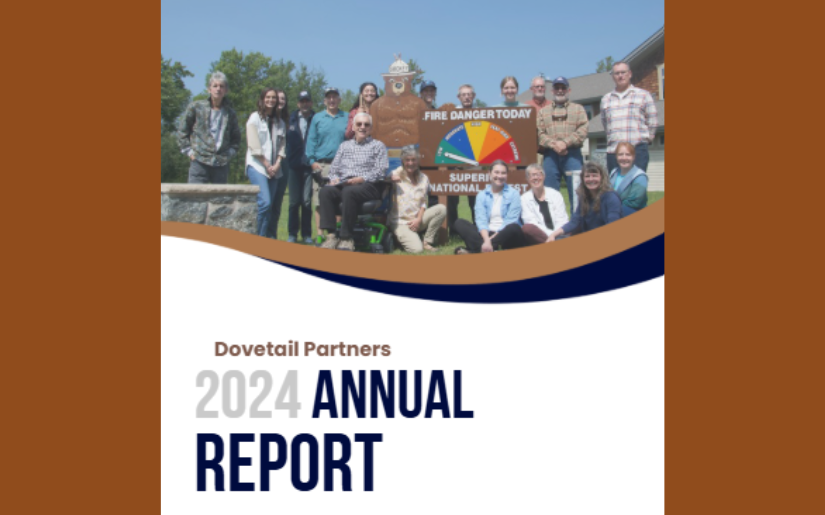The Intergovernmental Panel on Climate Change (IPCC) recently released another report on climate change. What’s clear in their reporting is that man is having an impact on our planet, and that impact is likely to have consequences on a wide range of environmental issues including the global climate. What’s also clear is that we have the ability to significantly address those impacts here in the United States… IF we want to. We have proven in the past that when we put our collective minds and hearts in it we can make a world of difference. Consider our nation’s forests as an example.
For about 300 years, the developing United States used wood as a primary industrial raw material. It fueled our fires, fired our smelters, and was used to build our railroads, buildings, homes and most of our industry. In fact, by about 1900, we had largely decimated our forests and our wildlife across the country as we grew and expanded our economy. But then, at the turn of the century, concerned people changed our path. We started designating wilderness areas, national parks, and national forests. The US Forest Service, forestry schools, and forest research were begun to protect and manage forests in both public and private hands. And wise planners recognized that a healthy forest required a healthy forest products industry that valued that forest – so help for innovation and investment was provided there as well. We created a plan for our nations forestland and wood use, and we’ve stuck to it for over a hundred years.
The results are clear. Since we created those plans our forest has recovered, associated wildlife has flourished, and total wood volume in our forest has grown dramatically; all of this during a period when the population of the US and our consumption of wood products greatly multiplied. Our forests aren’t perfect, but we are using twice as much wood as we were when our forests were at their worst… and they have improved dramatically at the same time. History has demonstrated that the things we value can benefit from our policies and actions.
The time has come to put this same focus on air and water. Not just for climate change reasons, but for all the same reasons we put effort into our forests: to preserve food, materials, wildlife, recreation, etc. We need first and foremost to have a national plan for how to immediately halt the destruction, AND to begin the reparations. A recent survey of a group of University of Minnesota students found that they preferred a plan that had a clear ultimate goal of clean air and water versus a plan that focused on short-term mitigation of impacts – even when the actual short term actions were the same. Making things get worse more slowly is not an enticing or compelling future.
Creating a vision for clean water and clean air is not about “risking” the economy - the forest industry has proven that. Firms can prosper and grow when the vision is clear and a plan is in place. But really it’s about the air we breathe and the water we drink - two things we last only moments without. As we did with forests, let’s draw some lines in the sand, and not only preserve and protect our air and water supplies, but rebuild and refresh the systems and processes that support them, and create industries that thrive and prosper as a result.
Jeff Howe, Ph.D.
April 2014
- Lead AuthorHowe
- DateApril 2014
- CategoryCarbon, Environmental, Forestry, Management
- Project FileDownload

.png)
.png)



